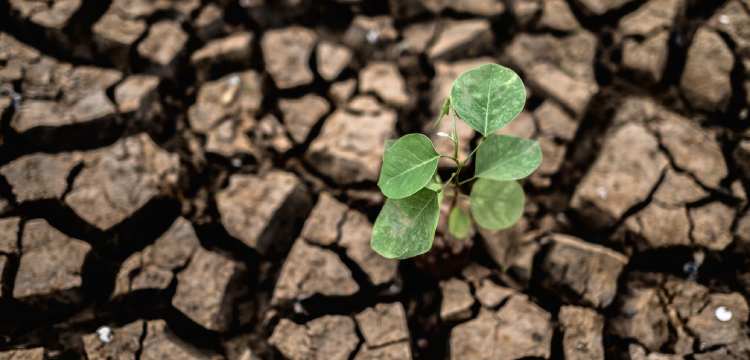Australia has been hard hit by climate change. Not only has it been experiencing long droughts, but it has also witnessed an increase in flooding in its lowland regions, increasing ocean levels, more forest fires, rising temperatures, reduced forest covers and biodiversity, destruction of properties, and the loss of lives. It cannot continue down this road, and it has thus adopted practical solutions that can prevent further damage, as explained in this guide.

When things go wrong, governments are often best tasked to turn things around. In Australia, the authorities have been fast to embrace this role by embarking on the following measures:
The need for alternative energy sources is evident, given the effect that fossil fuels have had on the country. But what options are good enough to reverse the harm that previous energy sources have caused?

These fuel sources are clean (both in production and usage) and reliable and are thus more sustainable in the long term.
Making the most of the available resources is the best way to stay ahead of the climate change curve. But how are Australians doing this?
Increased energy efficiency
Australians lose a lot of energy in buildings, businesses, and industries. By adopting more energy-efficient solutions, people can reduce their energy consumption, which can put less strain on the available energy sources.
Restoring natural ecosystems
Fires, floods, and rising ocean levels continue to threaten human and animal lives. By protecting the remaining ecosystems and restoring the destroyed ones, people can enhance the natural biodiversity, which can help reduce carbon levels in the atmosphere while protecting indigenous species.
Carbon partnerships
Businesses and industries can partner with citizens in carbon offset projects that can help them reduce their adverse environmental effects. Such efforts are especially common in reforestation projects that help recapture emissions.
It is intended to bring local efforts in the national conservation of the unique biodiversity and ecosystems in the country of Australia. At a national level, these programs, like the National Reserve System, work on the conservation of critical habitats toward the protection of different species and ecosystems by creating a protected area network in the form of national parks and wildlife sanctuaries that guard against threats to diversity, such as habitat loss or Australian climate change.
While Australia cannot undo all the environmental harm from past decades in one day, it has taken the necessary steps to mitigate current threats while paving the way for sustainable efforts that could avert environmental crises going forward. At this rate, the country is on the right track to sustainability.